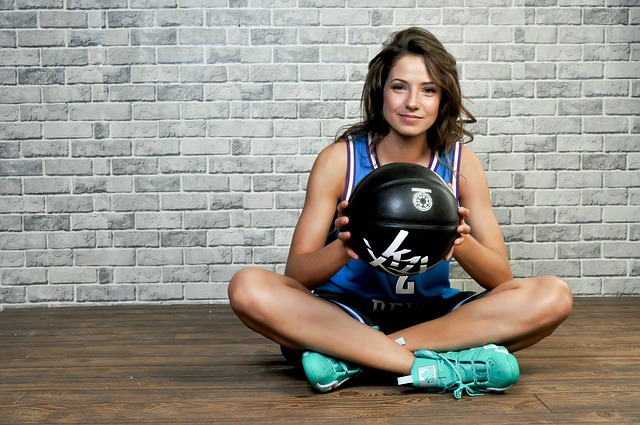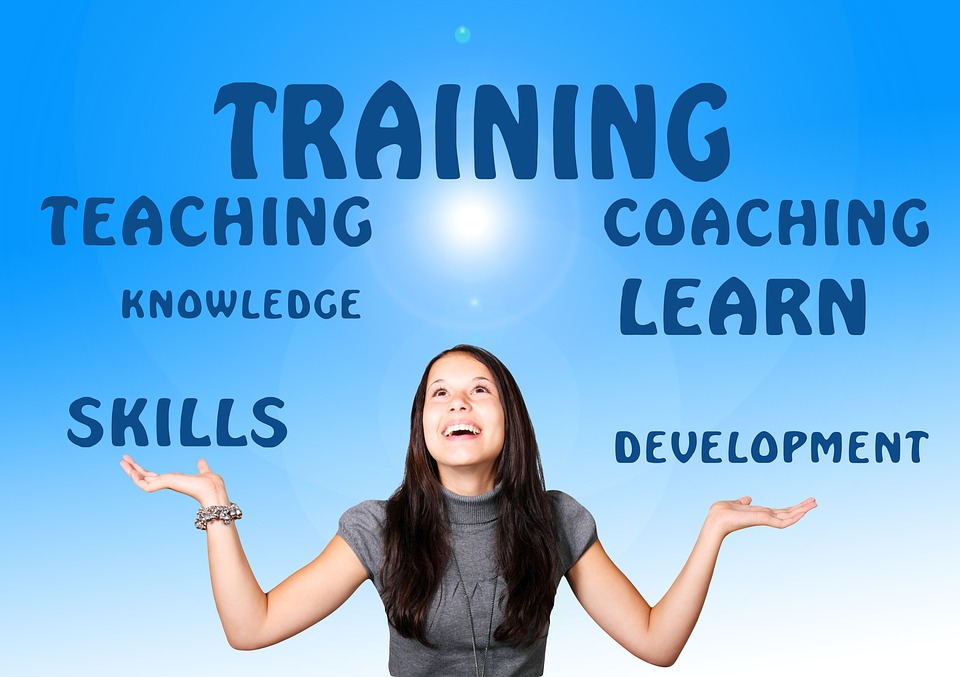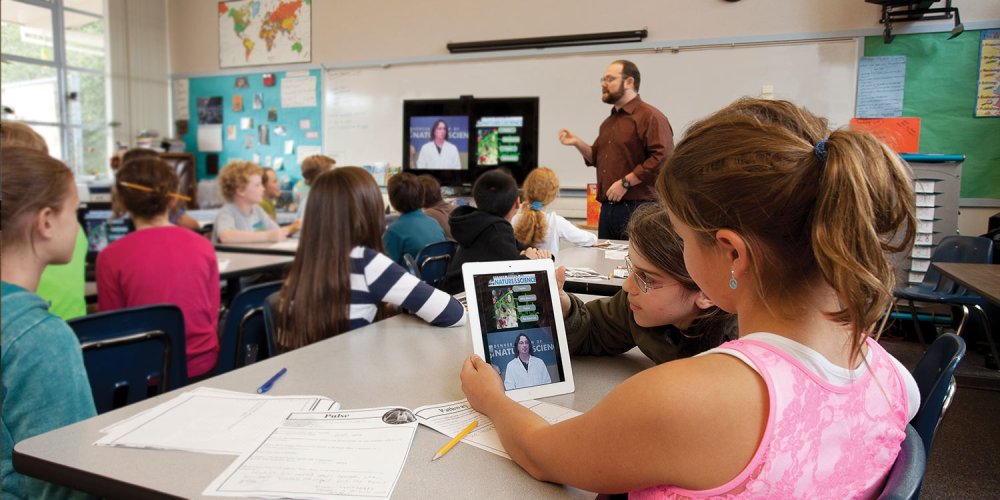Physical education holds a significant advantage in the academic performance of students.
A study that involved 12,663 students proved that physical activity improves brain performance and positively influences academic achievements.
Active classroom learning should include physical education, so students have time to exercise for improved performance.
Incorporating physical education program in classrooms
Academic priorities in schools have reduced or completely removed the time dedicated to physical education in institutions.
The need to improve STEM learning and other business subjects in schools contributed to reducing physical activities in school.
Nevertheless, schools can incorporate physical activities by allocating several short times in-between classes for PE. Dedicating several minutes to PE is equivalent to having ample time for physical activity.
The perception of PE in schools as not a regular subject also reduced teachers’ commitment to the activity. Including physical activity to the curriculum as a proper lesson avails more time for PE.
However, Emma Norris of the Centre for Behavior Change at University College London recommends small bouts of physical activities between classes and after school.
Evidence supporting the need for intertwined physical activity with active lessons arose from the study of medical literature on the subject.
Studies from Australia, the U.K., Netherlands, China, Croatia, Ireland, Israel, Portugal, and Sweden were collated to provide the needed evidence.
Forty-two research journals provided information on 12,663 students in grade school or preschool. Highlights from the study are discussed.
Active class lesson resulted in better test scores for students, but with low overall activity and deficient Body Mass Index. The researchers explained that students usurp a large amount of their time in active lessons leaving no plan for PE.
Physical activities had significant changes in the students’ brains, which has a link with improved academic performance.
Physical education inclusion in regular lessons helps children focus and are more engaged in the learning process.
Dr. Sheena Ranade, a pediatric orthopedic surgeon at The Mount Sinai Hospital in New York, mentioned that small bouts of exercise don’t contribute substantially to fitness. But it is better than not engaging at all. She added that physical activities whenever it is performed is beneficial to the participants.







